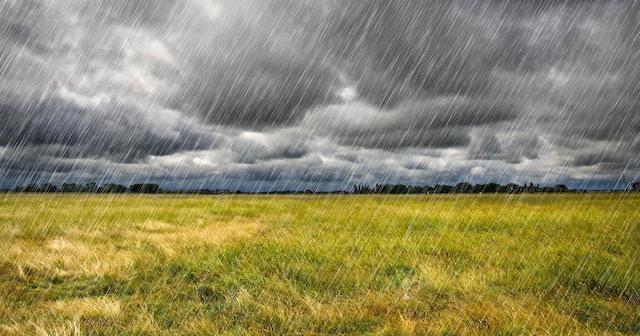



Article by: Hari Yellina (Orchard Tech)
Severe storms are expected to return to Australia’s east coast throughout the latter half of this week. Tuesday brings a heightened risk of damaging winds, heavy rainfall, and large hailstones to parts of southern Queensland and northern NSW. Storms are also expected to generate around parts of Victoria and eastern NSW on Wednesday. Moderate to major flooding will continue around Queensland and NSW tropical moisture combines with a slow-moving trough across the eastern states. Hari Yellina, of Orchard Tech, opined that rainfall totals would be difficult to forecast due to the unpredictability of the moving storms. Nevertheless, it is likely that flood activity will continue throughout parts of NSW. Soils are wet and dams are full, so any additional rain has the potential to cause riverine rises.
An important aspect to be understood regarding the relationship between rainfall and agriculture is that rainfall is the major factor in the growth and production of food crops both at the germination and fruit development stages. Farmers are already finding it difficult to cope with these environmental changes, as almost all crops are season-dependent and rainfall-dependent. Temperature and rainfall changes induced by climate change are likely to further react with other parameters of plant growth like atmospheric gases, fertilizers, insects, plant pathogens, weeds, and the soil’s organic matter. This again is expected to produce unanticipated responses. Additionally, the soil is also greatly affected by rainfall. If it is too wet or too dry, nutrients in the soil can run off and not make it to the plants’ roots, leading to poor growth and overall health. Additionally, as mentioned previously, overwatering or too much rain can also lead to bacteria, fungus, and mould growth in the soil.
Knowing when to water, preventing disease and mould, and making sure the soil is kept at the right moisture level are all components of the overall goal of the crops and their farmers: to have the highest crop yield possible. The right amount of rainfall can balance out these factors, which can lead to healthier, larger crops that can be harvested more fully. Balancing proper watering is key to the best crops possible. Sigfox-enabled sensors can help farmers better track and predict weather conditions and rainfall, thus leading to better crop health.